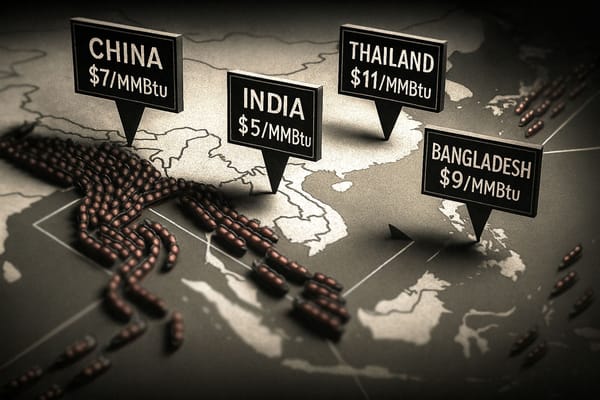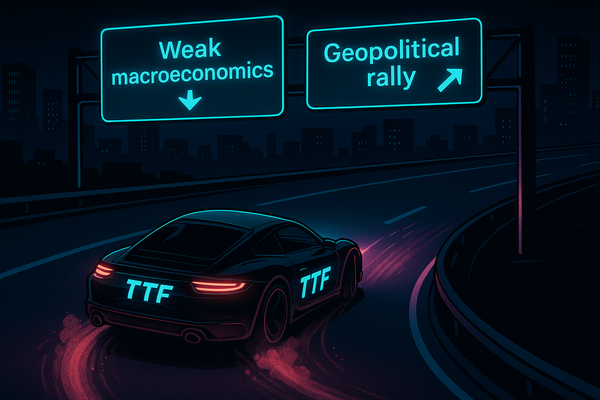💥Energy Flux💥 Monday, 29th March 2021
RELAUNCH SPECIAL: Hydrogen spares LNG latecomers’ blushes 😳, EU throws lifeline to gas investment 🆘 + *much* more 🚀

RELAUNCH SPECIAL: Hydrogen spares LNG latecomers’ blushes 😳, EU throws lifeline to gas investment 🆘 + *much* more 🚀


DEEP DIVE: How low must LNG prices go to unlock Asian demand?

TTF bull trap turns investment funds into bag holders | EU LNG Chart Deck: 26 June 2025

TTF turns on a dime, but is risk being priced properly? | EU LNG Chart Deck: 20 June 2025

More choice. Same sharp insight. Now with a free trial.